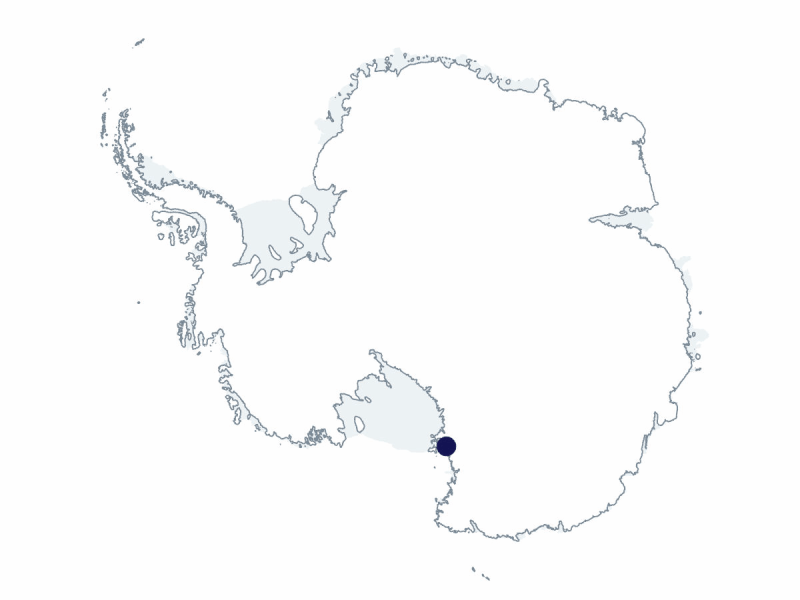2024-2025 USAP Field Season
Project Detail Project TitleCollaborative Research: Holocene and late Pleistocene stream deposition in the McMurdo Dry Valleys, Antarctica as a proxy for glacial meltwater and paleoclimate Summary
Event Number:
Program Director:
ASC POC/Implementer: Principal Investigator(s)
Dr. Kate Swanger
Location
Supporting Stations: McMurdo Station DescriptionThe McMurdo Dry Valleys are the largest ice-free region in Antarctica and home to a seasonally active hydrologic system, with streams and saline lakes. Streams are fed by summer meltwater from local glaciers and snowbanks. Therefore, streamflow is tied to summer climate conditions such as air temperatures, ground temperatures, winds, and incoming solar radiation. Based on 50 years of monitoring, summer stream activity has been observed to change, and it likely varied during the geologic past in response to regional climate change and fluctuating glaciers. Thus, deposits from these streams can address questions about past climate, meltwater, and lake level changes in this region. How did meltwater streamflow respond to past climate change? How did streamflow vary during periods of glacial advance and retreat? At what times did large lakes fill many of the valleys and what was their extent? The researchers plan to acquire a record of stream activity for the Dry Valleys that will span the three largest valleys and a time period of about 100,000 years. This record will come from a series of active and ancient alluvial fans that were deposited by streams as they flowed from valley sidewalls onto valley floors. The study will provide a long-term context with which to assess recent observed changes to stream activity and lake levels. Field Season OverviewThis is the first of a two-season field effort, with four participants deploying between mid-November and mid-January to collect sediment samples from multiple alluvial fans and stratigraphically related units in the McMurdo Dry Valleys for dating, geochemical analyses, stratigraphy and provenance studies. The team will also collect rock samples to aid in provenance analyses, and permafrost cores to test the Shaw Drill that will be used extensively in the second season. The team will work out of three consecutive tent camps at Taylor, Wright and Victoria Valleys, spending about six weeks in the field. Helicopters will support camp put-ins, moves, resupplies sample shuttling back to McMurdo Station, and two day trips to additional sampling locations. All other sampling locations will be accessed on foot from the tent camps. Deploying Team Members
|
2024-2025 Science Planning Summary



For USAP Participants |
For The Public |
For Researchers and EducatorsContact UsU.S. National Science FoundationOffice of Polar Programs Geosciences Directorate 2415 Eisenhower Avenue, Suite W7100 Alexandria, VA 22314 Sign up for the NSF Office of Polar Programs newsletter and events. Feedback Form |


